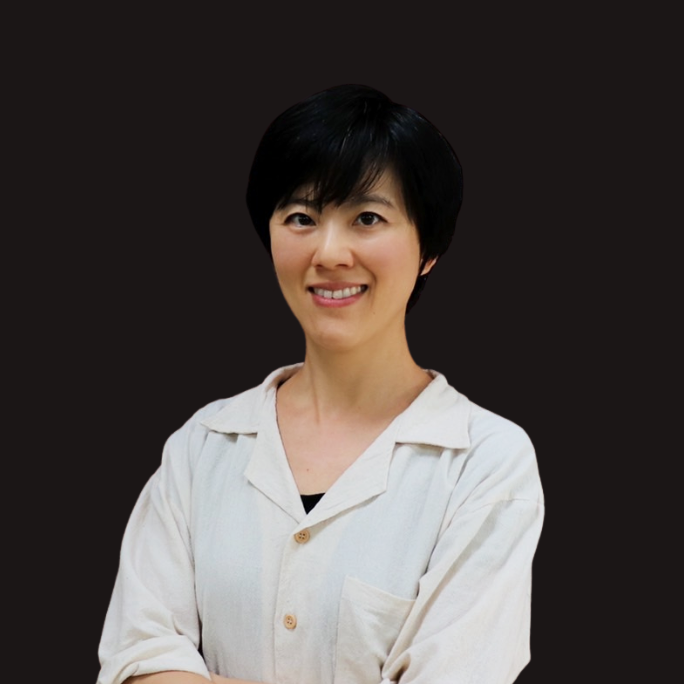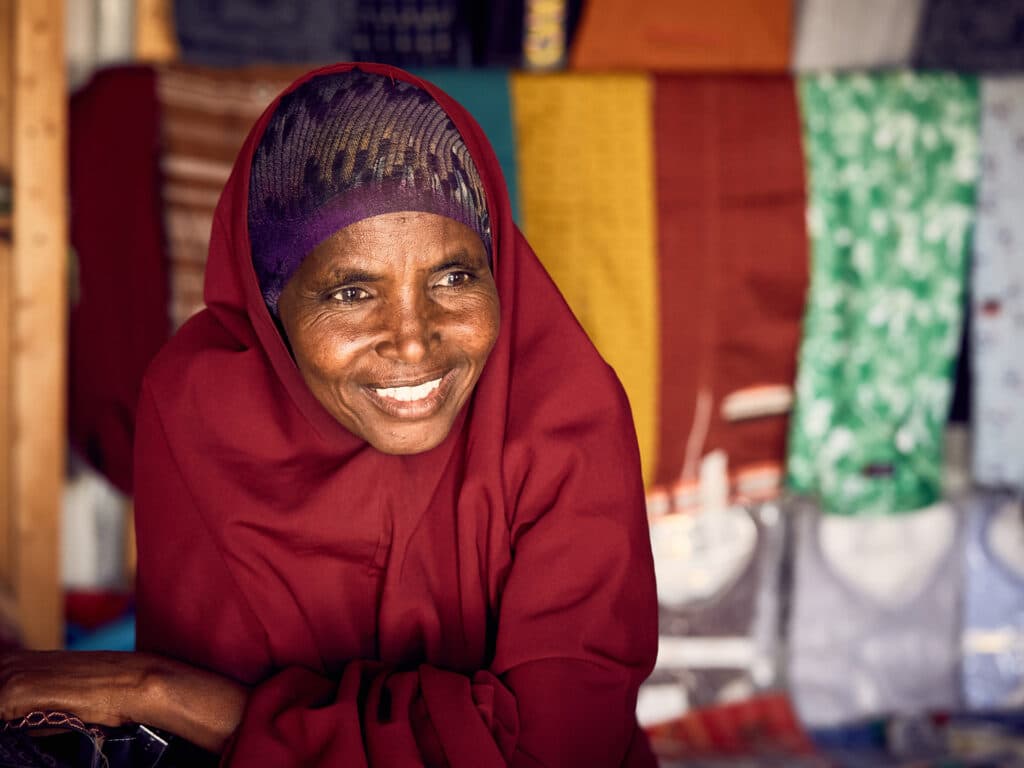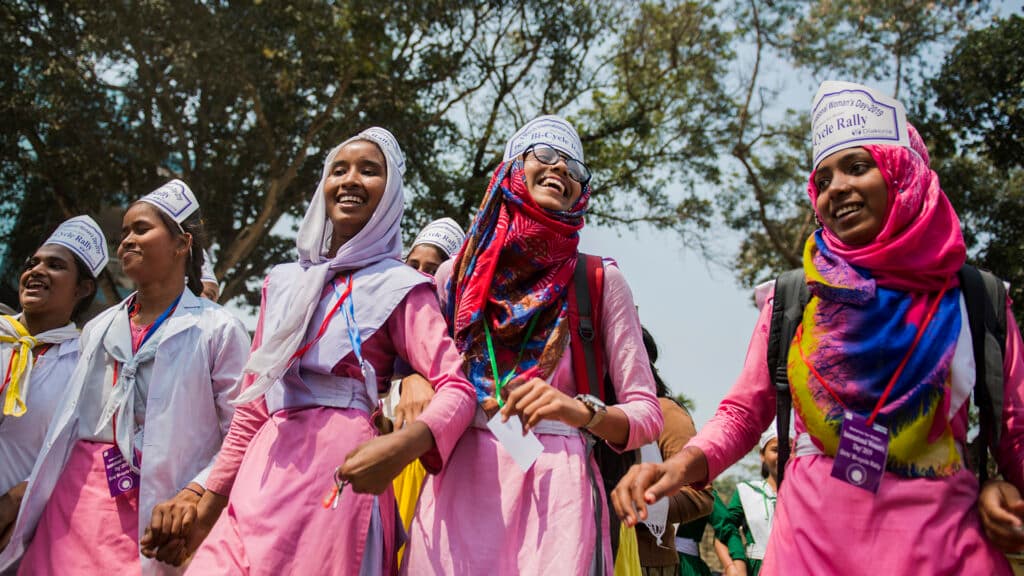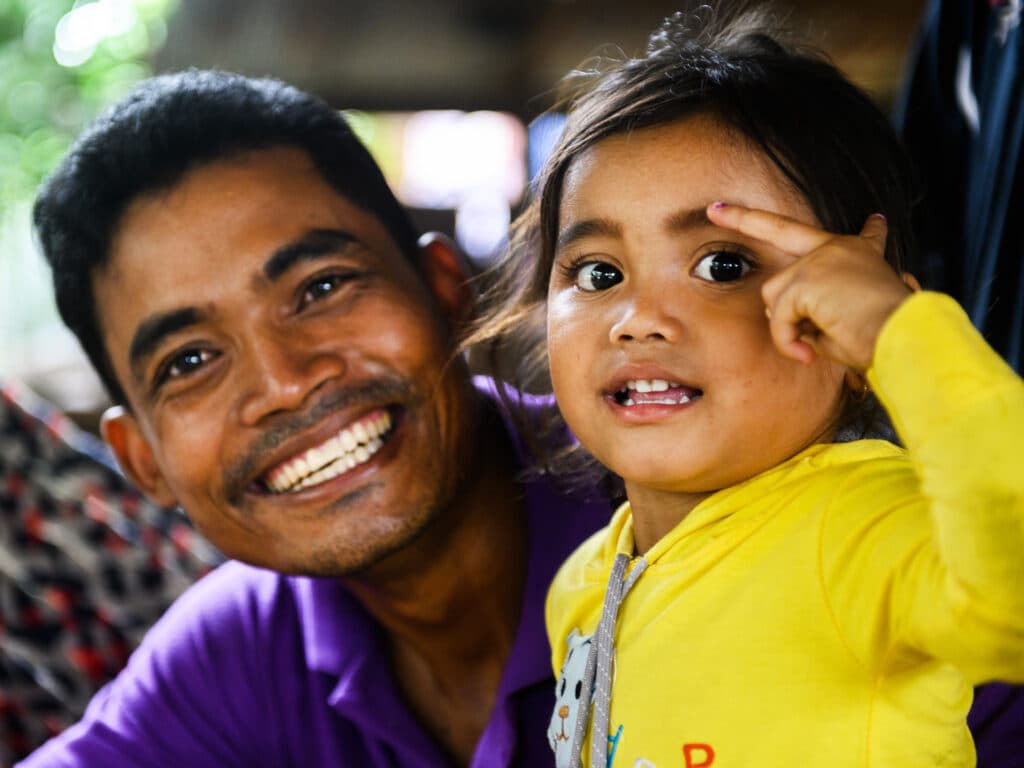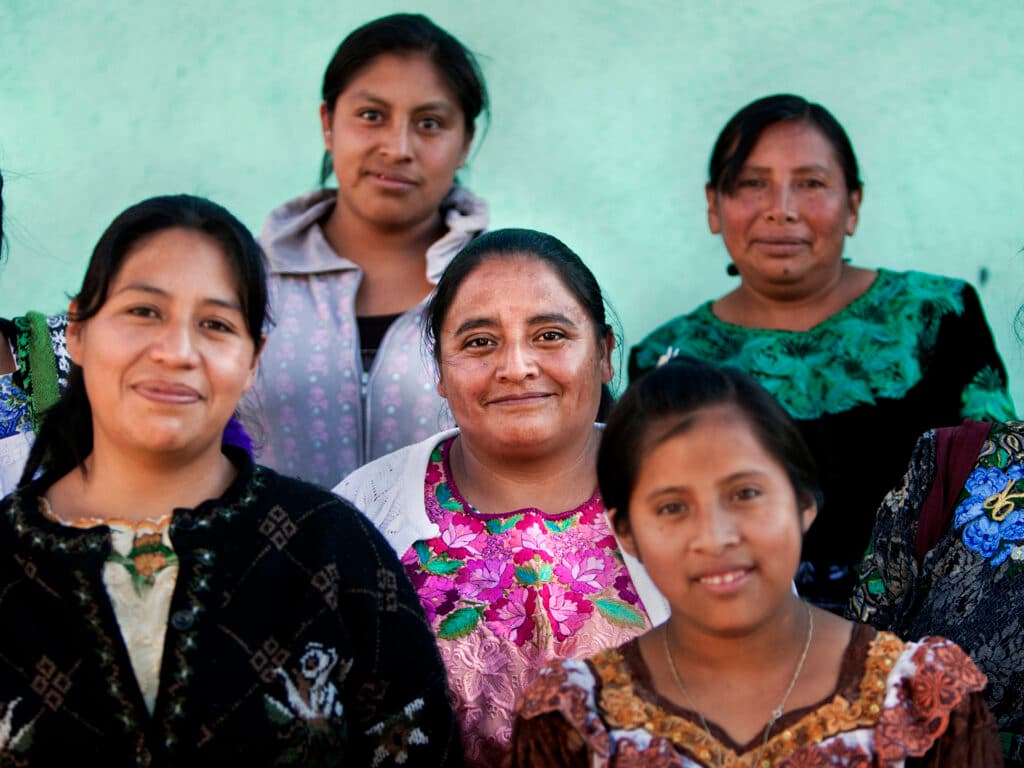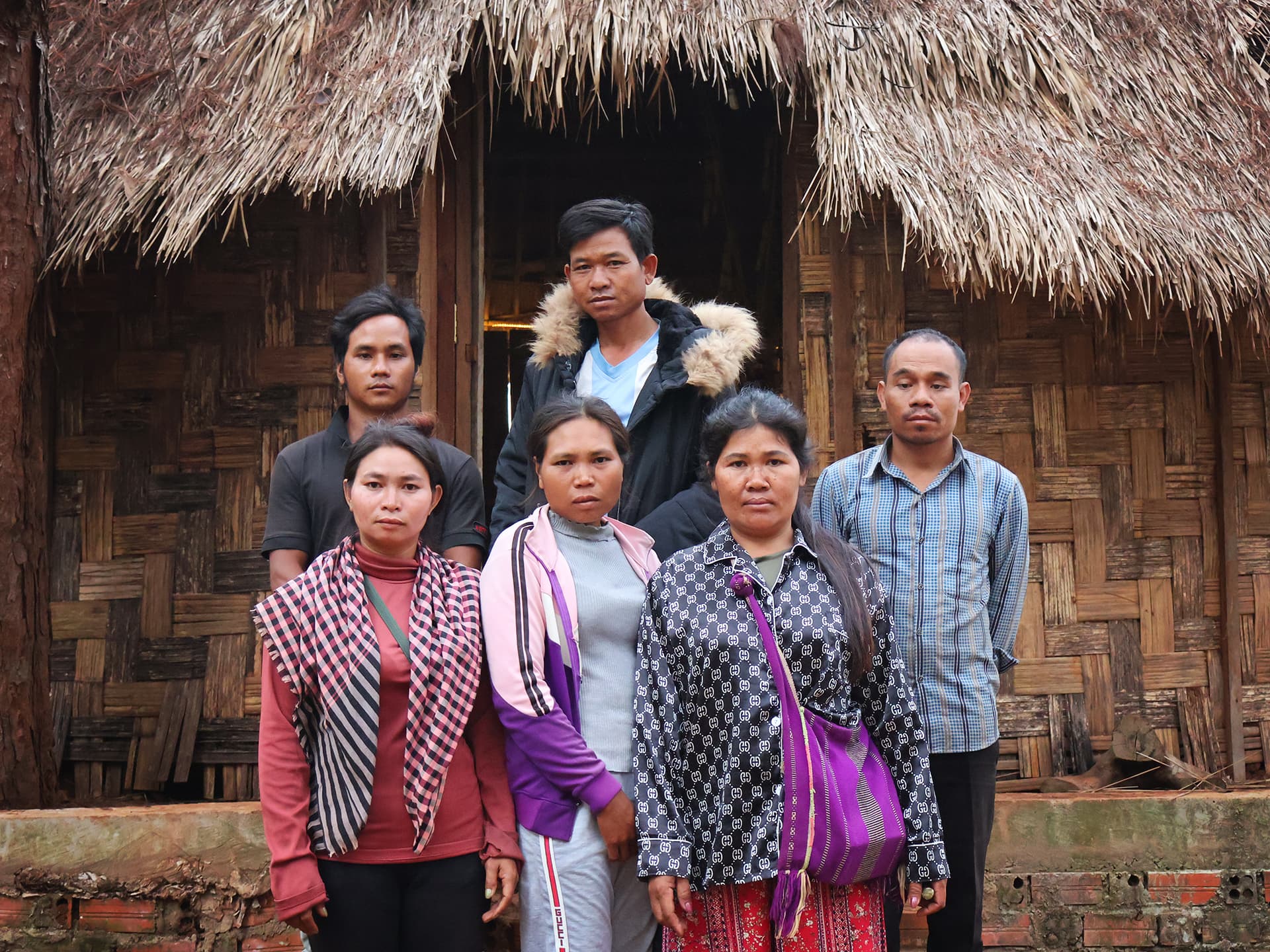
Bunong people defending their roots
Confronting land encroachments and threats to their livelihood and cultural heritage, the Bunong indigenous communities of Mondulkiri province find support through the partnership of Diakonia and the Cambodia Indigenous Peoples Organization (CIPO) to defend their rights and preserve their ancestral legacy.
Amid the lush landscapes of Mondulkiri province, where the ancient traditions of the Bunong indigenous community are deeply rooted, Phloek Navy stands alongside five other Bunong members from Laoka village. Her eyes reflect the wisdom inherited from generations past as she embraces the role as a guardian of the forest.
"We are the Bunong. Our identity and livelihood are connected to the land. Our beliefs are anchored in the spirit of the forests,” she passionately expresses, emphasizing the integral role the forests play in their lives.
Forest, the Bunong Way of Life
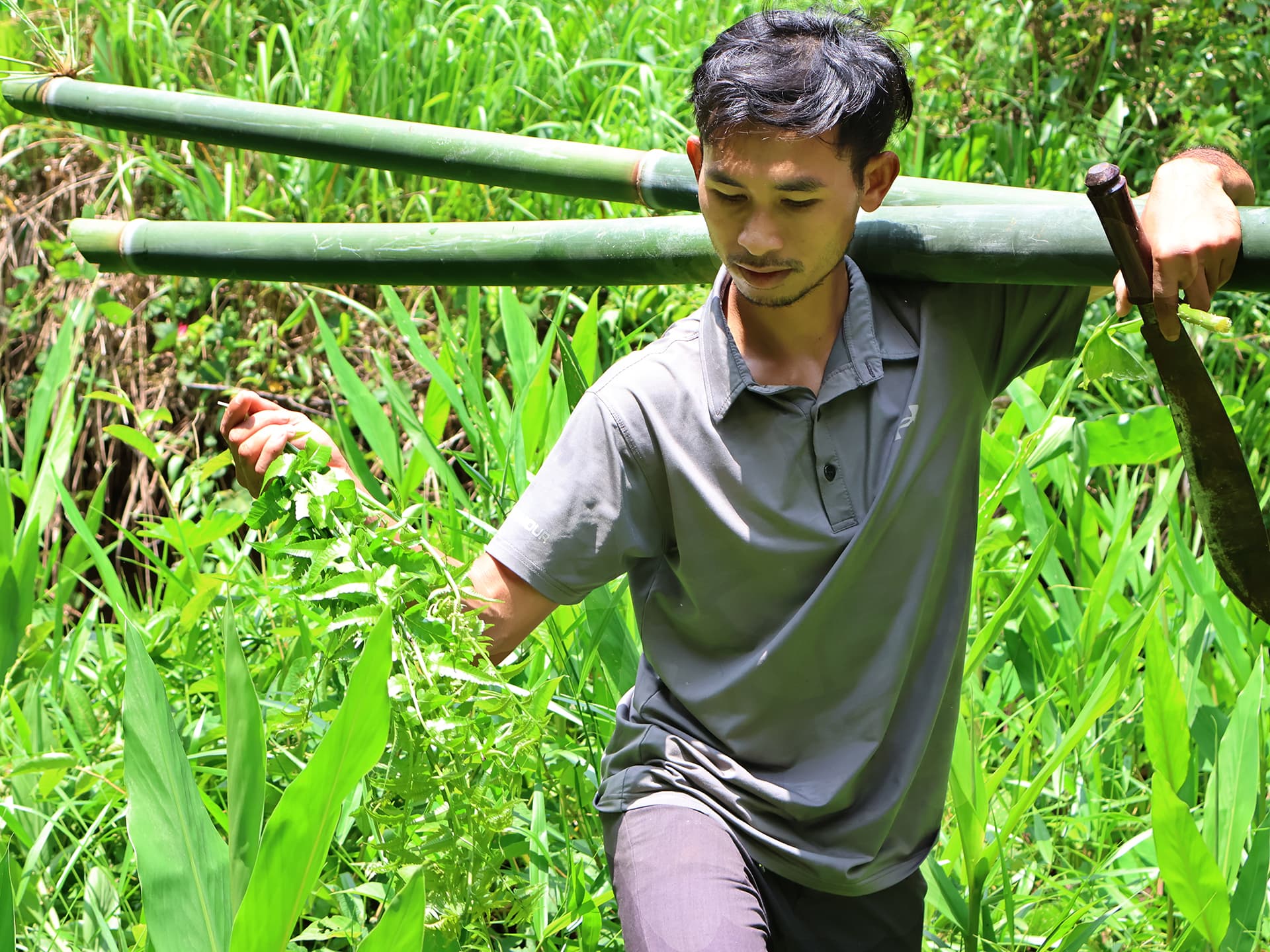
For centuries, the Bunong people have been recognized as the "Caretakers of the Forest," a title that acknowledges their enduring relationship with the woodland environment they call home. They encompass a wealth of knowledge about the diverse flora and fauna inhabiting the forests. This understanding allows them to traditionally, sustainably, and responsibly gather and utilize timber and non-timber forest products without depleting them. Furthermore, the forest is not merely a resource for them; it is a sacred space with profound spiritual significance.
Yun Lorang, the Secretariate Coordinator of the Cambodia Indigenous Peoples Alliance (CIPA), explains that the Bunong view trees as symbols of rebirth and regeneration. They believe that when a person passes away, their spirit becomes one with the forest or merges with a specific tree, perpetuating the life cycle where new life emerges from the ashes of the old.
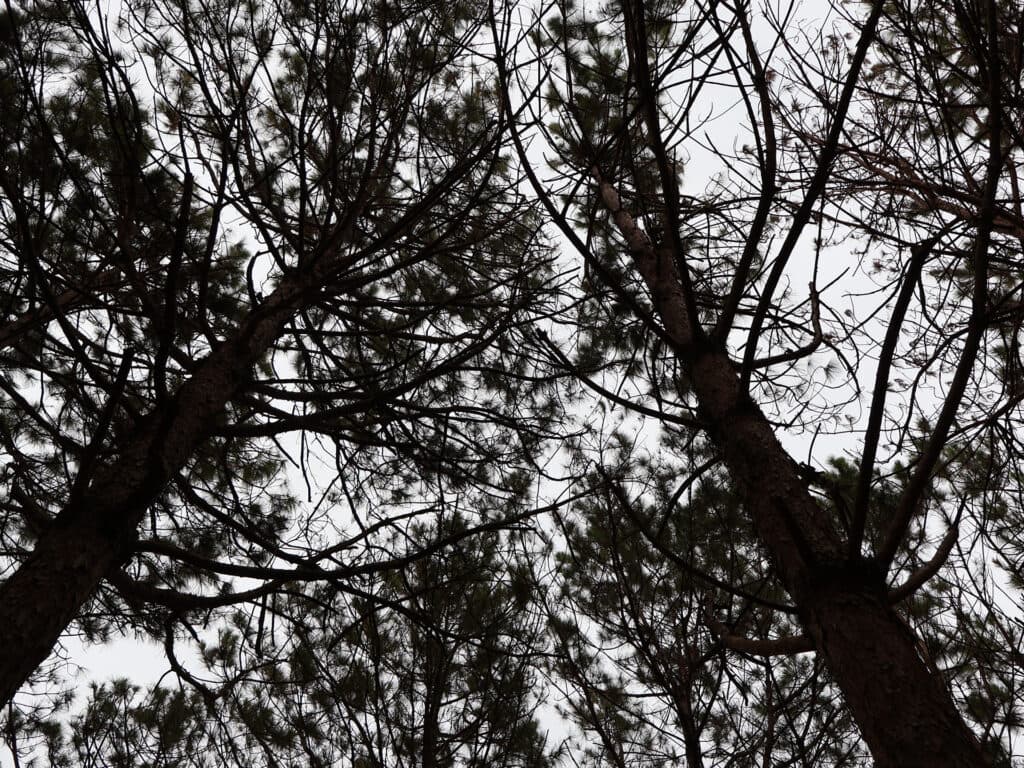
“When family members of the Bunong pass away, we do not cremate them but instead bury them in the burial ground. This allows trees to grow, which are considered the homes of the deceased. We refer to this area as the burial ground for our ancestors, a place that remains undisturbed. The trees can grow and become as large as those in my home area”
Yun Lorang
However, this cherished way of life is under relentless threat. Land seizures driven by agricultural expansion, lucrative high price of land, development projects and Economic Land Concessions (ELCs) for private investors have disrupted the delicate balance between progress and cultural preservation. It is within this backdrop that the Cambodia Indigenous Peoples Organization (CIPO), in collaboration with Diakonia, has stepped forward to empower the Bunong people in their fight to defend their customary land rights and protect their legacy.
The Complex Fight for Land Rights
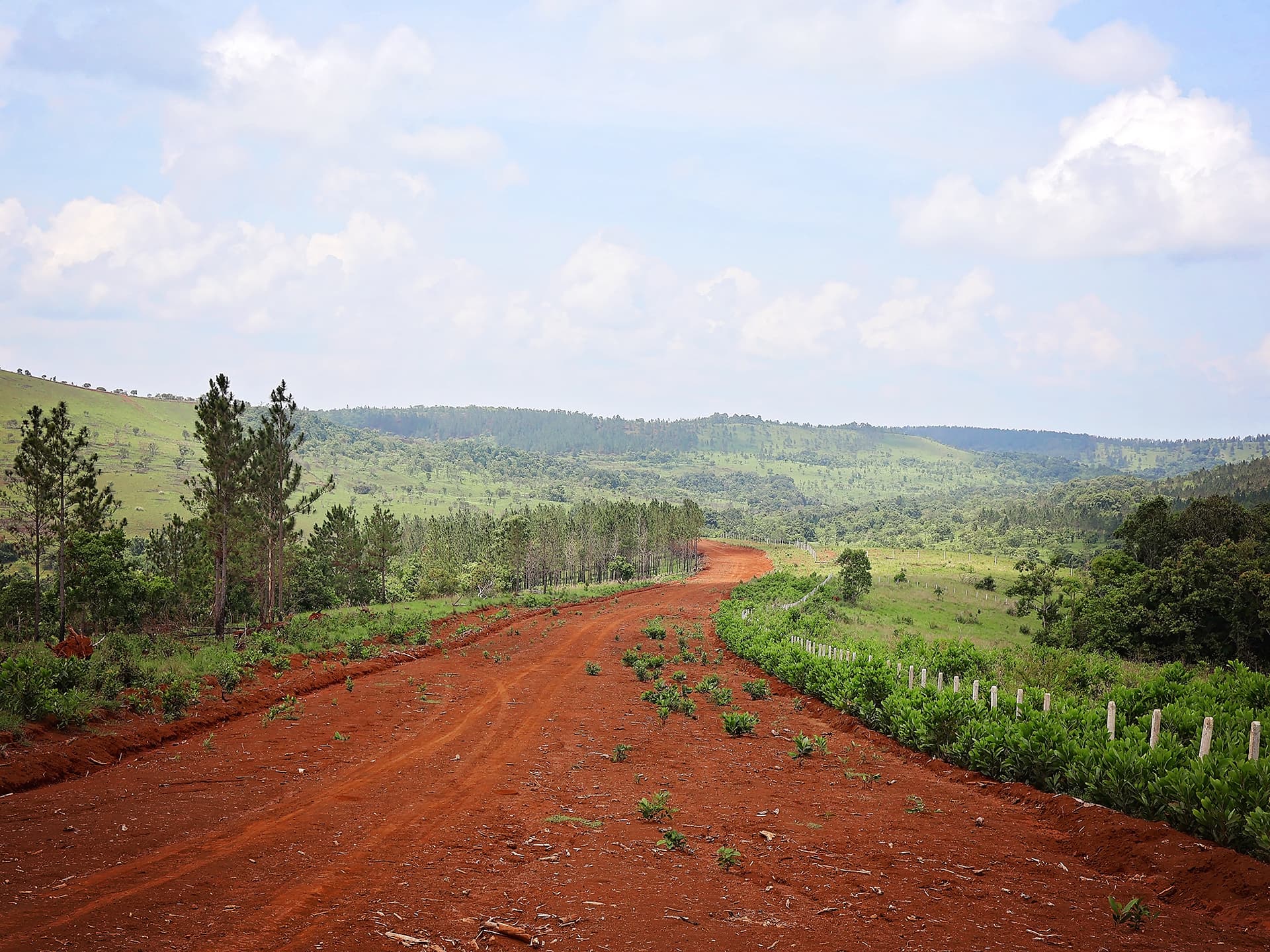
Together with Diakonia, CIPO and other local networks provide technical support for GPS data mapping, legal assistant and legal knowledge trainings to the community. Additionally, they assist during the application process for community communal land titles, the documents that provide legal recognition, protection, and security for their ancestral lands.
Yet, navigating the bureaucratic system presents a unique set of challenges. The communities have raised concerns about the loss of natural resources due to complex and costly land titling processes. Indigenous peoples bear the brunt of the financial costs and invest significant time in court battles, placing their traditional lands, sacred forests, gravesites, and distinct identities at serious risk.
In-Ham, a committee member from Laoka village, echoes these concerns as he expresses the urgency of protecting their customary land.
"Without land and forests, the Bunong cannot survive. We want to protect and secure our land," he asserts, highlighting the vital role the land plays in their community's survival and cultural identity.
Hean Bunhieng, CIPO's Technical Advisor, highlights the slow and limited implementation of collective land title registration by the government, leading to irregularities and unallocated land becoming available for sale.
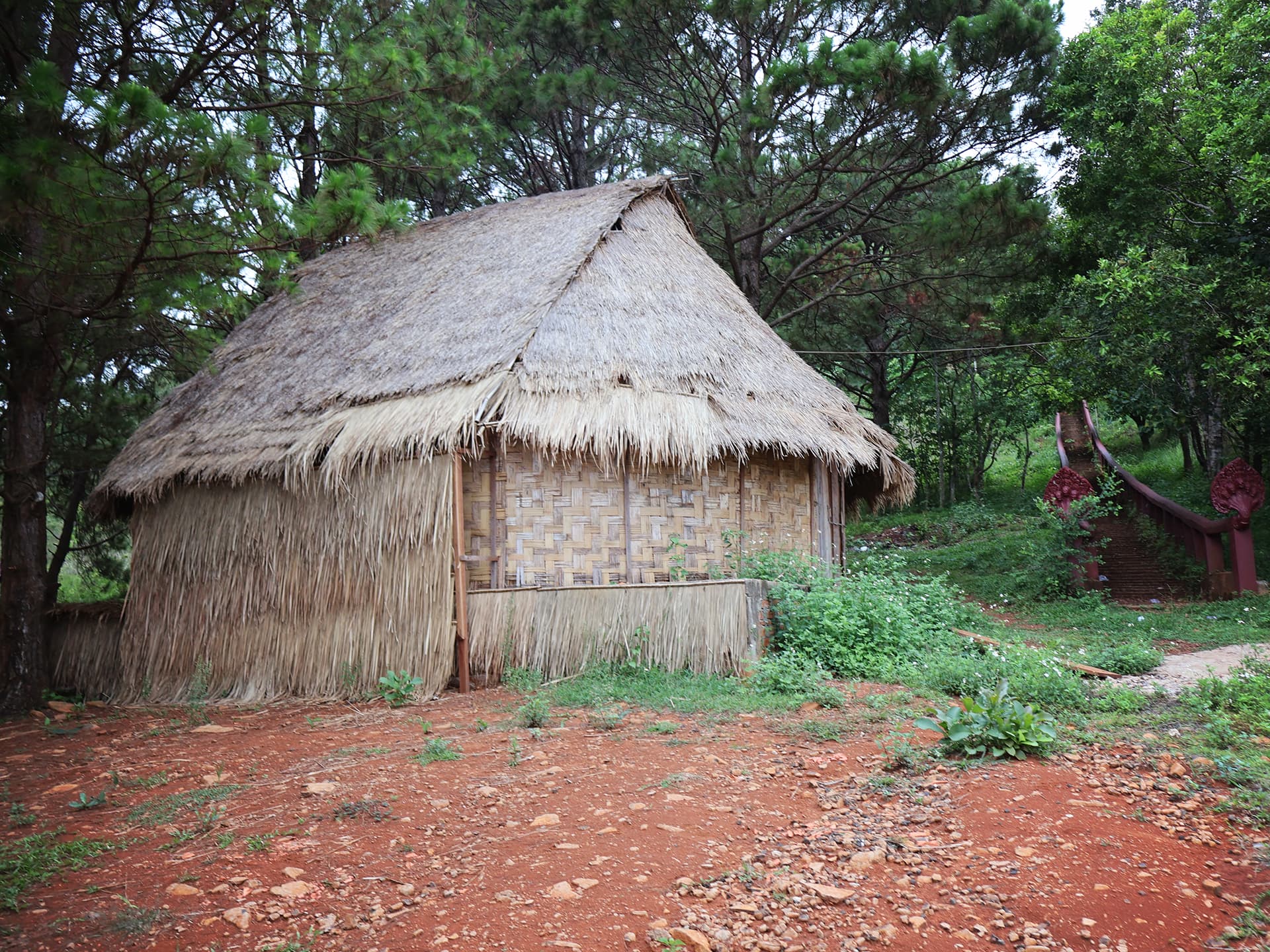
Such unallocated land becomes vulnerable to exploitation due to the lack of proper supervision or management, which in turn fuels an environment that accelerates deforestation.
According to Global Forest Watch, over the past decade, Mondulkiri has lost a significant amount of its humid primary forests. Approximately 65.6 thousand hectares, equivalent to about 90 thousand football fields, were cleared or removed. This represents more than half (58%) of all the forested areas that were affected during that time. Areas once forests and traditional lands of the indigenous communities are now being converted into extensive cash crop plantations and luxury resorts.
The Power of Voice
Laoka is not the only village experiencing struggles in court while asserting rights to their land. The Royor Leu community villagers, also part of the Bunong ethnic group, have faced similar circumstances. Lin Mao, the Chairman of Royor Leu's community committee, sheds light on the struggles they face. He explains that some young members of the community have lost faith in the communal land titles due to the tedious registration process, which can be easily rejected by the authorities.
In the face of these challenges, the villagers have found a powerful ally in social media. Vy Ly Sean, Secretary of the Communal Land Registration Committee from Royor Leu village describes how they leveraged the power of social media to raise awareness about their land issues.
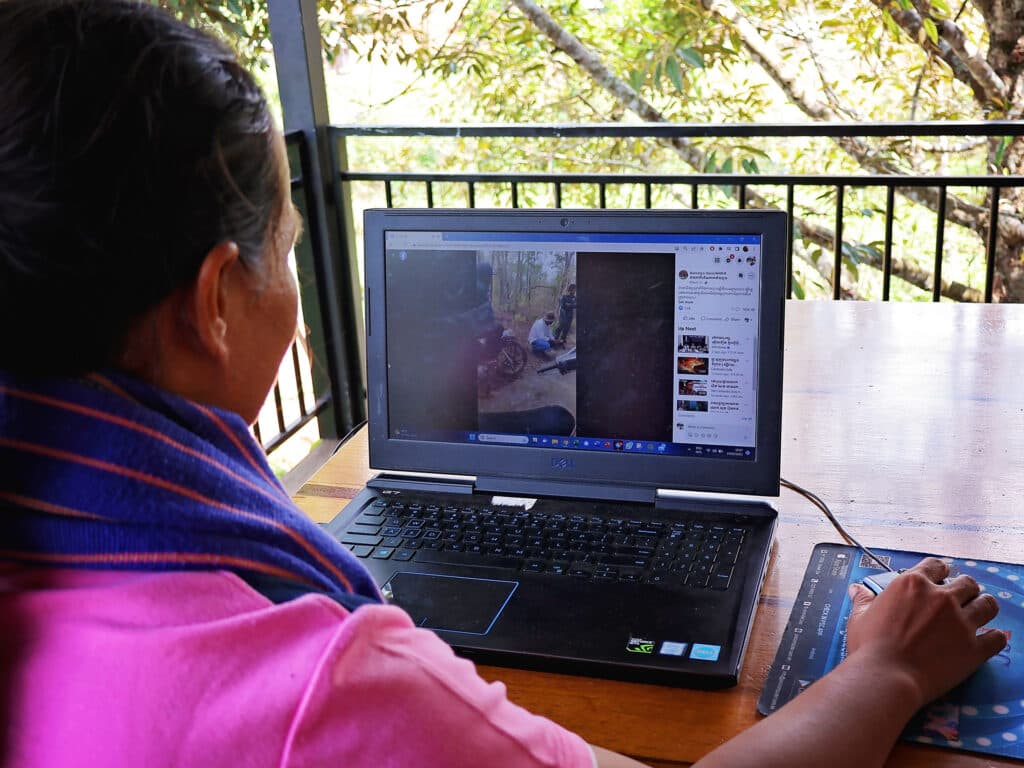
“We recognized the power of social media, so we documented all our activities and ran advocacy campaigns on our Facebook page. After consistent efforts, our land issue attracted the attention of the media and high-ranking government officials.”
Vy Ly Sean
Royor Leu’s community’s stories began to resonate, shedding light on their resistance for land rights and capturing the hearts of those who could help. Reflecting on their journey and looking ahead, Vy Ly Sean affirms that the community will not waver in its fight for their rights. If they encounter further injustices, they are prepared to make their voices heard again until their land is rightfully registered.
Land, Life, and Legacy
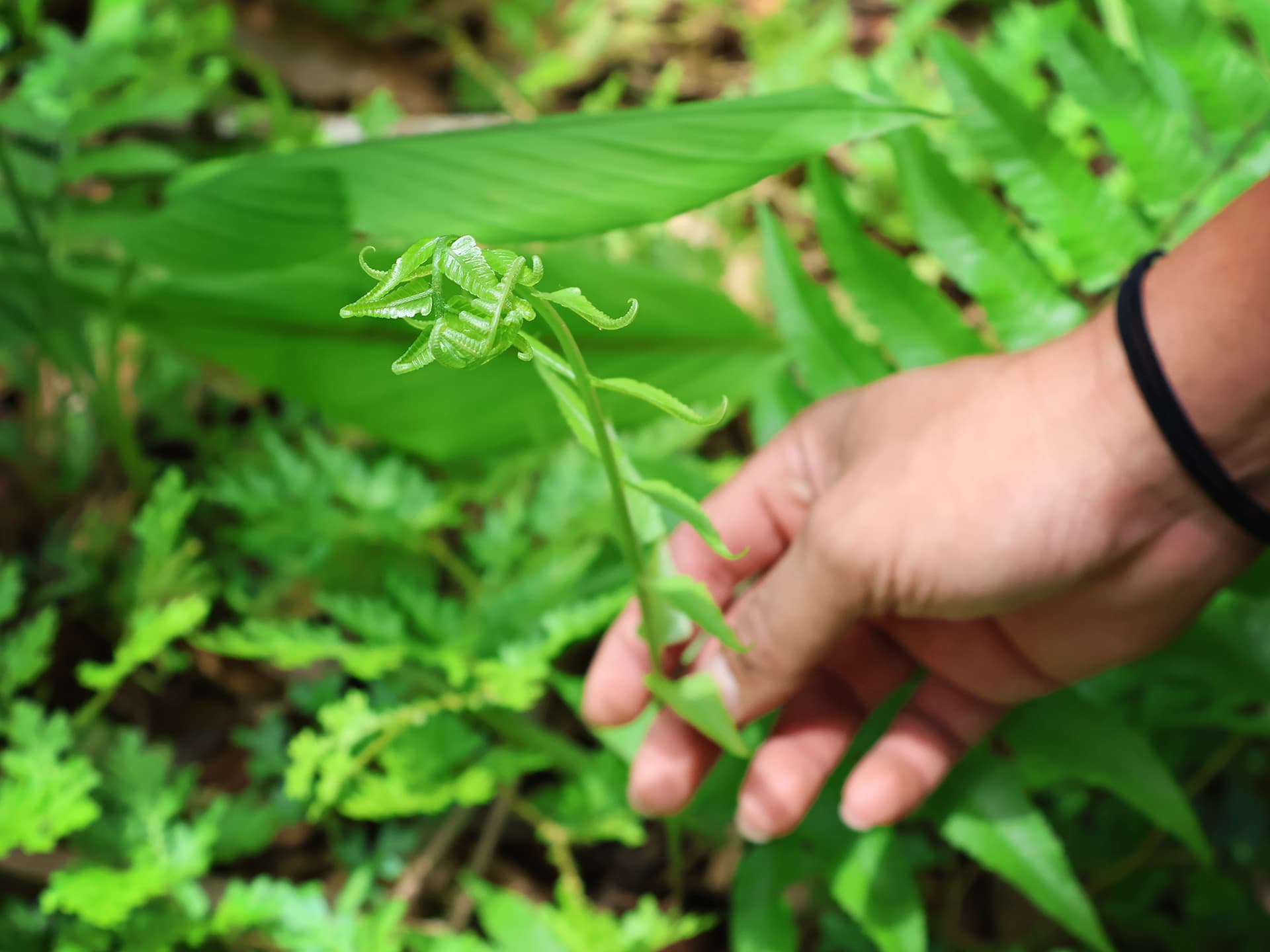
The battle for land rights is arduous, demanding resilience, determination, and a strong belief in the cause. The indigenous communities understand that they are not only fighting for their immediate needs but also for the future generations and the preservation of their very identity.
Ruem Krak, a senior Bunong villager from Pou Loung village, exemplifies this unwavering spirit. She emphasizes the immense value of the land, as it provides timber for their homes and non-timber forest products they rely on. Aware of the diminishing resources, she courageously declares:
"We must continue to fight; we must protect what remains. Even if I pass away, my children will carry on the fight. If we allow people to destroy the forest, they are destroying our spirit. The spirit we always pray to, the one we call upon for protection. Let my spirit be there. Let us protect our belief.”
About Cambodia Indigenous Peoples Organization (CIPO)
Established on June 30, 2014, the Cambodia Indigenous Peoples Organization (CIPO) is an indigenous-led organization committed to empowering Cambodian indigenous communities in preserving their cultural heritage, traditions, and rights to land and natural resources. CIPO actively engages in advocacy, community organizing, and legal support to further the social and economic development of indigenous peoples in Cambodia. CIPO is part of Cambodia Indigenous Peoples Alliance (CIPA), an alliance of Indigenous peoples’ organizations, language/ethnic-based networks, community-based networks, and individual indigenous people communities that aims to unify and strengthen the indigenous peoples in Cambodia.
